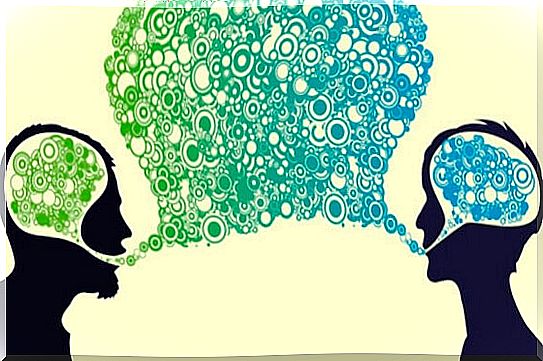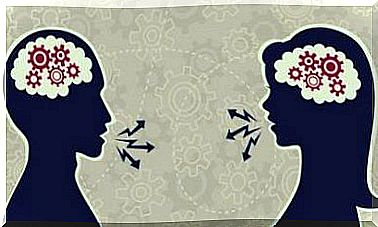The Theory Of Social Exchange

There are many ways to explain everything involved in social relationships. George C. Homans did this through his theory of social exchange. This theory, born from the concepts of economics and exchange, deals with the way in which social interaction takes place and indicates what are the factors that motivate us to do so.
Thus, the theory of social exchange puts forward the idea that all relationships are formed, maintained or broken due to a cost-benefit analysis. This leads us to make comparisons between the alternatives offered and, ultimately, to choose the relationships that give us the most benefits at the least cost.
This theory was highly regarded among behavioral paradigms for being able to quantify and measure, and because of its simplicity as well. But with time and the emergence of cognitive and constructivist paradigms, it has become obsolete. We will here analyze the theory of social exchange and the criticisms of which it was the object, in order to have a more precise idea.

Characteristics of the theory of social exchange
As we mentioned earlier, social exchange theory revolves around the economics of relationships. According to this theory, whenever we have a relationship, we perform an analysis between its costs and benefits, and depending on the result, we will value it more or less. Therefore, modifying our social interaction according to these criteria will allow us to reach a state that is amply satisfactory for us.
This theory is based on two principles that support all reasoning:
- Individualism: this principle postulates that all behavior is always directed towards the individual. Even purely social acts would only be intermediate behavior for an individual goal.
- Hedonism: the ultimate goal of human being is to achieve satisfaction and pleasure. Therefore, all behavior will be focused on obtaining such pleasure.
After observing these two postulates, the reasoning becomes obvious. Social relations are oriented towards a personal goal (individualism). And in addition, the pursuit of this objective must provide pleasure (hedonism), therefore must be profitable in terms of cost-benefit.
We must keep in mind that this theory derives from behavioralism, which is based on a “stimulus – response” paradigm without taking into account cognitive variables . In the theory of social exchange, the stimuli concerning social relations would be represented by the costs and benefits that flow from them. The answer to these stimuli would be simple: in the face of a negative balance we would abandon the relationship, and in the face of a positive balance we would maintain it.
This is a theory that was very popular during the behavioral period of psychology. However, it experienced serious problems and was the subject of strong criticism following the emergence of cognitivism. We will explore the errors and limitations of social exchange theory below.

Criticisms of the theory of social exchange
The first limitation we can find in the theory of social exchange is its lack of concern for internal processes. It only takes into account the positive and negative stimuli that we receive from others, alrs that there is inside every individual a much more complex processing when we generate an attitude towards a person.
Another aspect on which we can criticize this theory is the validity of its two theoretical postulates. The individualistic and hedonistic paradigms have become obsolete in the current panorama of psychology. They present a series of theoretical errors which dismantle their validity.
When it comes to individualism, it is true that there is a great concern for oneself and that part of social interaction is used for our own benefit. But it is wrong to say that all behavior is directed in favor of the individual. Behaviors of mutual support and community greatly promote adaptation, so that it is easy to observe non-individual behaviors in nature. In addition, studies related to social identity show us how we let go of our individuality to feel part of a group and how our goals change as a result.
With regard to the hedonistic postulate, an error of form occurs. Hedonism tells us that the goal of human behavior is pleasure. But we know that joy or pleasure itself is an incentive to learn goal-oriented behaviors. Therefore, this leads us to affirm that pleasure is the means and the end. Pleasure is used to obtain pleasure. To a large extent it becomes a tautology that does not provide any information.
As we can see, it is interesting to know the theory of social exchange for the study of social psychology. It was perhaps useful in explaining some aspects of social interaction. But it is far from constituting a theory integrated into the social reality that human beings live today.











